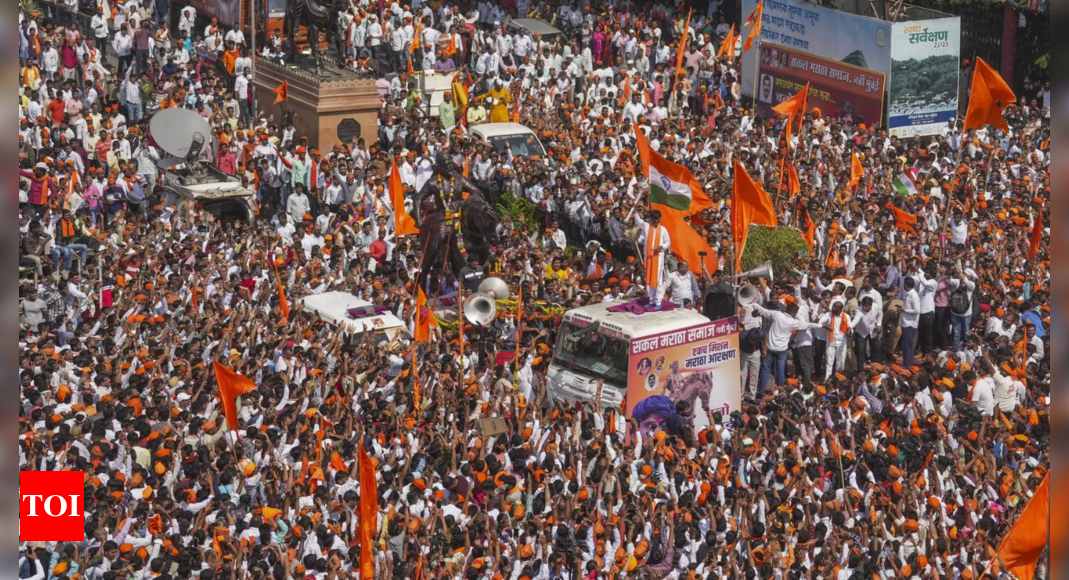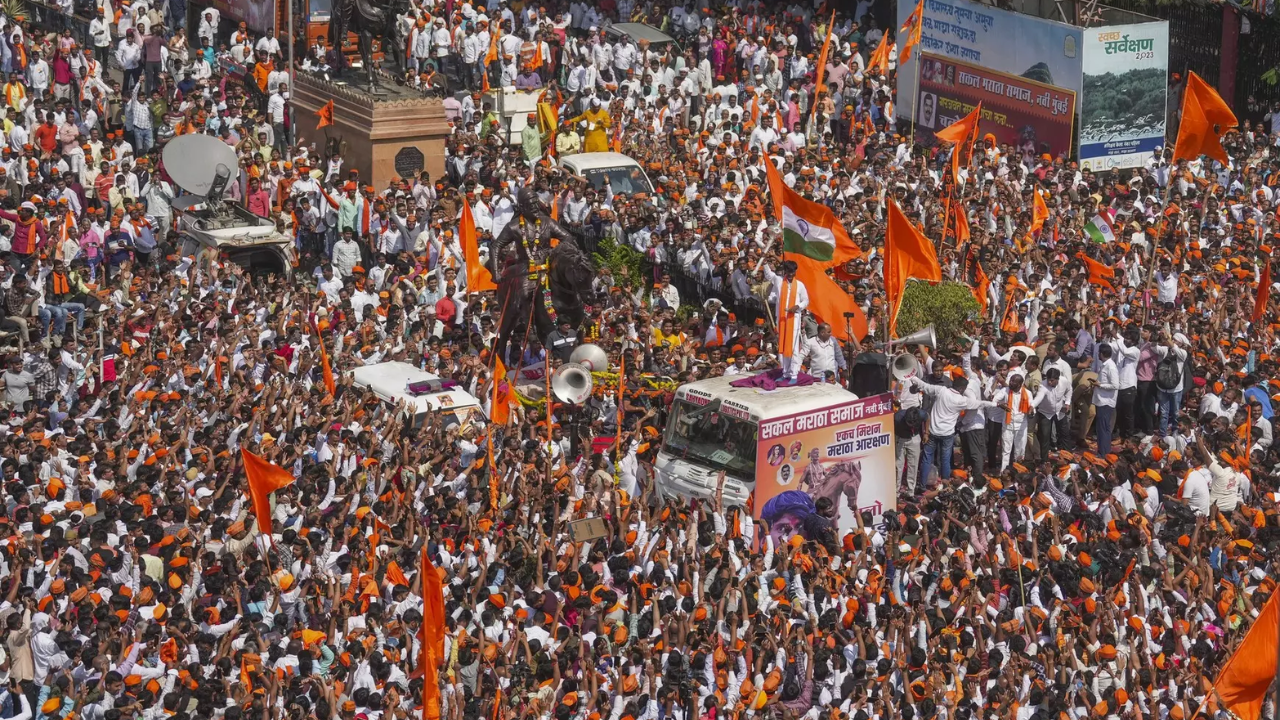[ad_1]
MUMBAI: The bill for 10% quota for the Maratha community in public jobs and educational institutions passed in the special session of the assembly may attract legal challenges, said law experts on Tuesday.
While one of the challenges would be the crossing of the 50% overall quota ceiling, the main issue would more likely be whether the legislature was the competent body to carve out Marathas as a separate category for reservation under the Socially and Educationally Backward Class (SEBC) without going for a constitutional amendment, said former advocate general S G Aney.
Senior counsel Vineet Naik agreed with Aney and said the bill would have to pass judicial scrutiny if challenged for both, the exceeding of the 50% ceiling and the competency of the state in carving out the quota.
The limit of 50% as held by the nine-judge Supreme Court constitutional bench in the landmark 1993 Indra Sawhney case does provide for extraordinary and compelling circumstances for any additional reservation, said senior counsel Anil Sakhare, who had defended the 2018 Maratha quota under the SEBC Act before the Bombay high court.
The high court had on June 27, 2019, upheld the reservation but brought down the 16% quota to 12% for education and to 13% for jobs. The Supreme Court had reversed the high court judgment, holding the quota unconstitutional.
“The state will be able to support and justify the present bill before the HC and the SC. The lacuna pointed out in the earlier rounds of litigation stand removed. The commission’s report is now comprehensive and justifies the reservation,” Sakhare said.
Questioning the percentage rise over the SC overall cut-off, senior counsel Arvind Datar said there were three issues at stake. “First is that the state has exceeded the 50% bar. The second is even if the SC says extraordinary situations may exist to make a relaxation to the strict rule imperative, it speaks of “far-flung and remote areas” where a population out of the mainstream may need to be treated differently,” Datar said, adding that there could perhaps be a sub-classification among the Other Backward Class (OBC), but the “far-flung” factor would not apply to the state for a community.
He said the third aspect was that the Supreme COurt had set aside the previous iteration of the reservation. “How is the state going to justify it now?” he said.
Aney said that on 50% ceiling, it would have to be argued when it gets challenged how it will be justified. He said there was a line of thought that these were not statutorily drawn percentages and could be crossed in a given case.
“The main issue is whether it is within the legislative competence of the state or the Centre to increase the reservation in this manner, without amending the Constitution,” he said.
Aney said that with the new quota those who stood to suffer in matters of education and employment were those in the open category .
Pradeep Sancheti, another counsel, said a question that could be raised was how would the state justify the reservation now having reached 62%.
While one of the challenges would be the crossing of the 50% overall quota ceiling, the main issue would more likely be whether the legislature was the competent body to carve out Marathas as a separate category for reservation under the Socially and Educationally Backward Class (SEBC) without going for a constitutional amendment, said former advocate general S G Aney.
Senior counsel Vineet Naik agreed with Aney and said the bill would have to pass judicial scrutiny if challenged for both, the exceeding of the 50% ceiling and the competency of the state in carving out the quota.
The limit of 50% as held by the nine-judge Supreme Court constitutional bench in the landmark 1993 Indra Sawhney case does provide for extraordinary and compelling circumstances for any additional reservation, said senior counsel Anil Sakhare, who had defended the 2018 Maratha quota under the SEBC Act before the Bombay high court.
The high court had on June 27, 2019, upheld the reservation but brought down the 16% quota to 12% for education and to 13% for jobs. The Supreme Court had reversed the high court judgment, holding the quota unconstitutional.
“The state will be able to support and justify the present bill before the HC and the SC. The lacuna pointed out in the earlier rounds of litigation stand removed. The commission’s report is now comprehensive and justifies the reservation,” Sakhare said.
Questioning the percentage rise over the SC overall cut-off, senior counsel Arvind Datar said there were three issues at stake. “First is that the state has exceeded the 50% bar. The second is even if the SC says extraordinary situations may exist to make a relaxation to the strict rule imperative, it speaks of “far-flung and remote areas” where a population out of the mainstream may need to be treated differently,” Datar said, adding that there could perhaps be a sub-classification among the Other Backward Class (OBC), but the “far-flung” factor would not apply to the state for a community.
He said the third aspect was that the Supreme COurt had set aside the previous iteration of the reservation. “How is the state going to justify it now?” he said.
Aney said that on 50% ceiling, it would have to be argued when it gets challenged how it will be justified. He said there was a line of thought that these were not statutorily drawn percentages and could be crossed in a given case.
“The main issue is whether it is within the legislative competence of the state or the Centre to increase the reservation in this manner, without amending the Constitution,” he said.
Aney said that with the new quota those who stood to suffer in matters of education and employment were those in the open category .
Pradeep Sancheti, another counsel, said a question that could be raised was how would the state justify the reservation now having reached 62%.
[ad_2]
Source link


